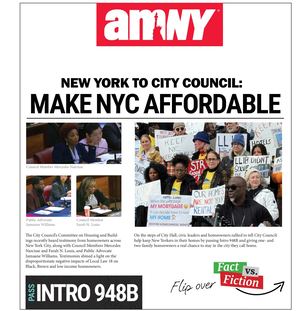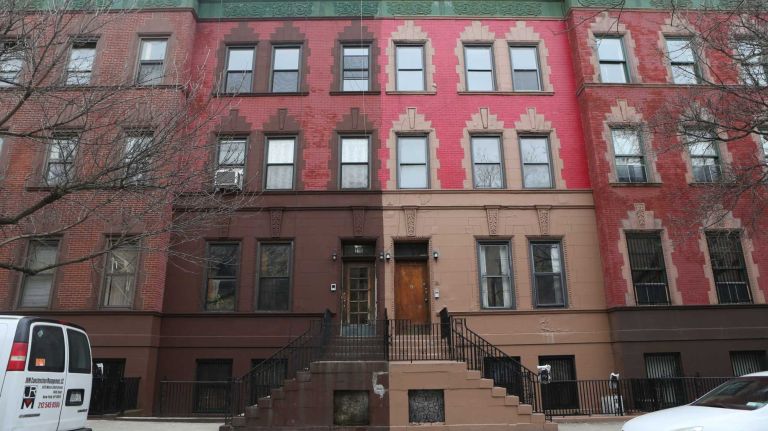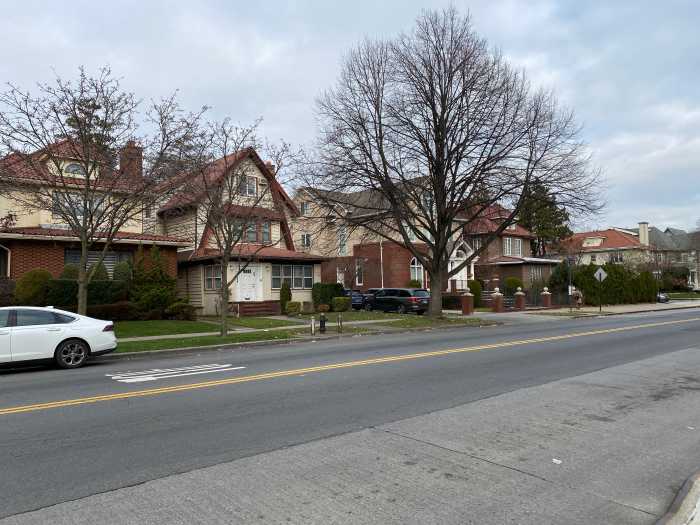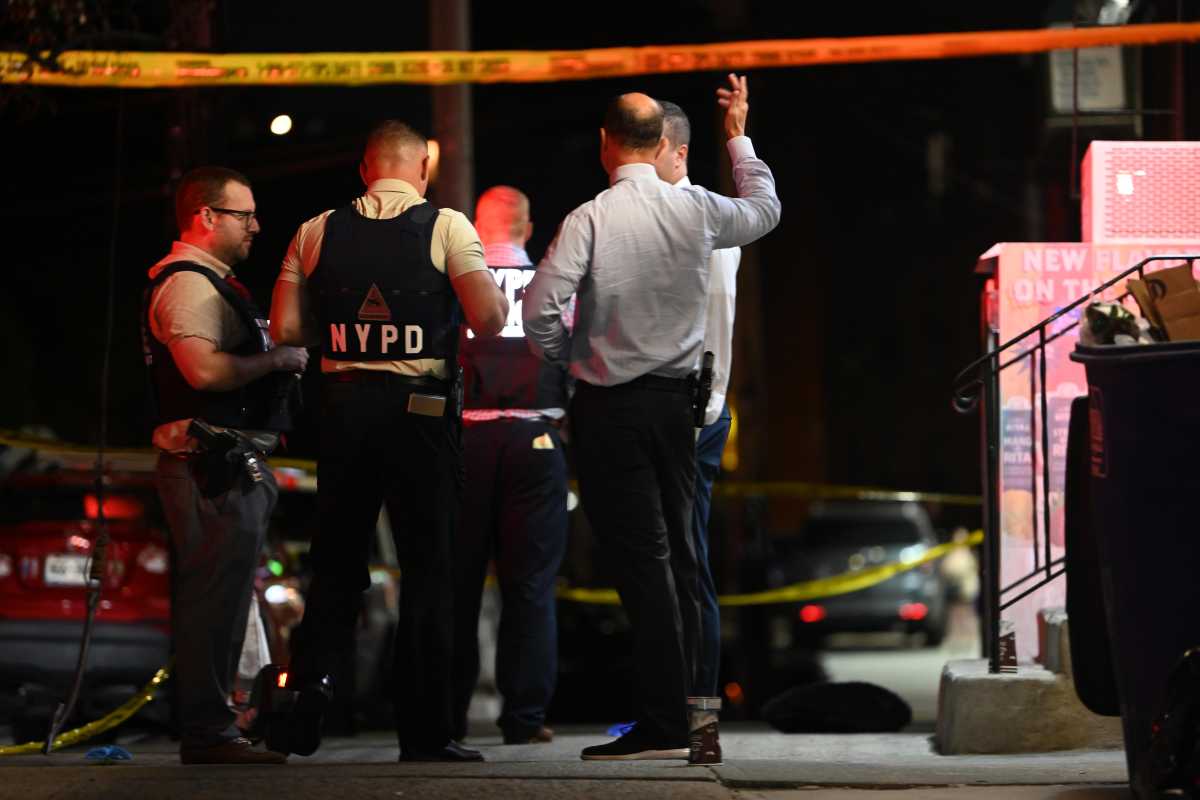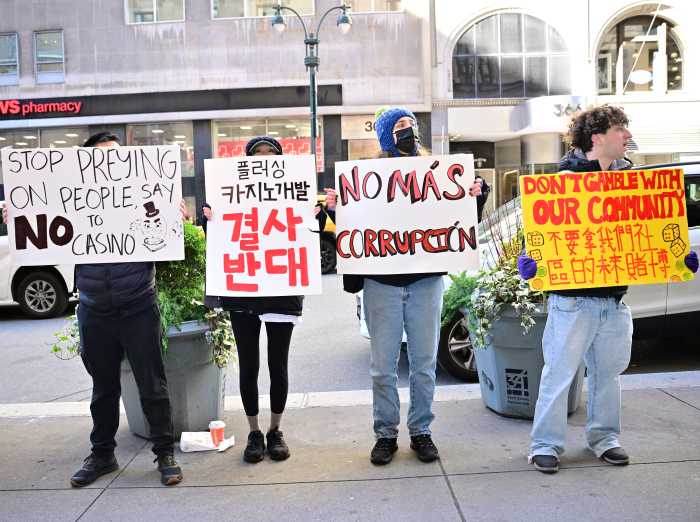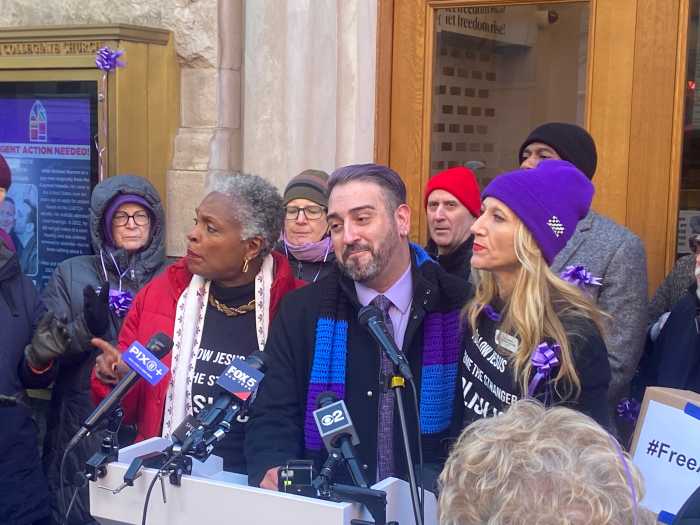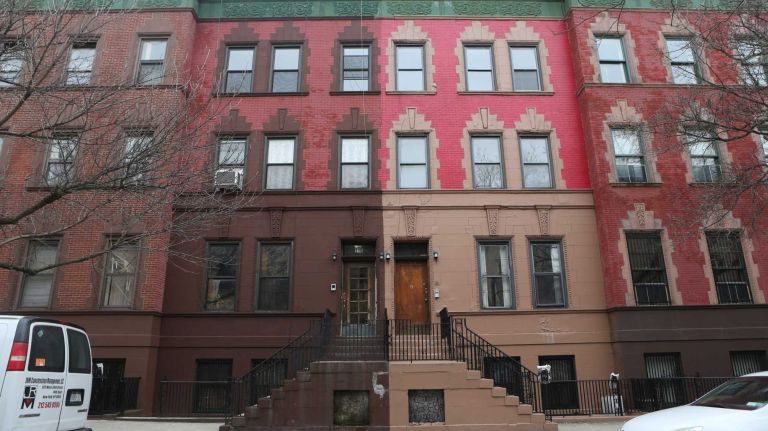
Affordable housing for low-income New Yorkers across the city has been disappearing exponentially over the past 12 years, leaving all but a handful of neighborhoods untouched by gentrification.
A new report by the Community Service Society of New York, which advocates for low-income New Yorkers, found a 44% decrease in apartments affordable to low-income households between 2002 and 2014. According to the report, there were 995,000 apartments under this category in 2002; by 2014, that number had fallen to 555,046.
The analysis also showed that rents rose 32 percent citywide. But rents rose even higher in places like Central Harlem (90%) and Bedford-Stuyvesant (63%).
“If you’re a low-income person, you can’t move there anymore,” said Tom Waters, housing policy analyst for CSS who wrote the report. “Unless you move to the top of a [public housing] waiting list.”
The analysis is based on U.S. Cenus Bureau data from the city Housing and Vacancy Survey of 18,000 New Yorkers. Low-income in the report is defined as making less than 200 percent of the federal poverty threshold of $19,000, which is $38,000 for a family of three. About 35 percent of New York households are considered low-income.
While most neighborhoods saw rent increases, there was a drop in inflation-adjusted rent for recent movers in three neighborhoods: Canarsie, Brooklyn (-1%); Bay Ridge, Brooklyn (-3%); and the south shore of Staten Island (-5%).
While the rents didn’t rise above inflation, “nobody’s rent actually went down,” Waters said.
Mayor Bill de Blasio’s administration has proposed preserving and constructing 200,000 affordable housing units over 10 years.
However, Waters said it was unlikely to make up for the pace of affordable housing for low-income New Yorkers that is disappearing from the city. “It would really take a return of the heydey of federally-funded low-income housing” to do that, he said.
But he said the de Blasio plan does call for increasing the share of housing for low-income families making $25,000 or less.
“Government hasn’t been even trying to create housing for that group for some time,” he said. “They are trying to get back into that business. Hopefully it will be the start of something bigger.”
